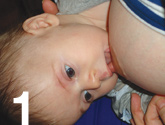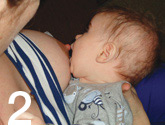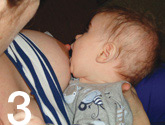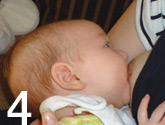At birth, giving your baby a long cuddle: Skin to skin contact for up to one hour, calms both mum and baby, it regulates baby’s heart rate and temperature, and stimulates mothering hormones which helps to form a close bond and increase breast milk supply. Baby’s immediate needs are to feel safe and secure, and to be able to feed whenever hungry. Holding your baby close to feed, and responding to all of baby’s needs encourages healthy brain connections. Most of this development will occur within the first two years. Responsive parenting will enable your baby to reach its full potential, to help them form good relationships and communicate well, giving them the best start in life.
Sterilising and bottle hygiene
-
All the equipment you use for bottle feeding your baby needs to be washed in hot soapy water, rinsed and sterilised.
-
The cleaning and sterilising instructions are the same, whether you are using expressed breast milk or infant formula milk..
-
You need to keep sterilising your feeding equipment until your baby is at least six months old.
-
Infections (like gastroenteritis) are rare, but if they do occur, can be very serious.





